|
By Toby J. Thorne Bats are rather mysterious creatures. Most people I talk to about bats think they are interesting, but don’t know much about them. It’s not all that surprising, unlike more obvious wildlife such as birds, people don’t encounter bats very often. After all, they are active at night, when people like to sleep. Even then it’s hard to spot small and flying creatures in the dark. Happily, surveying bats is easier than it appears. Most bats (and all the ones found in Canada), find their way around in the dark using echolocation. Echolocation is the technique of emitting sounds and listening to the echoes to avoid obstacles and find prey. We don’t hear these sounds because they are at higher frequencies than we are able to hear. However, there are a variety of devices known as ‘bat detectors’ that can convert the sound into our hearing range. Some can make recordings that can be analysed later. With a bat detector in hand it is as if the bats are flying around shouting ‘I’m here! I’m here!’ What’s more, different species make different sounds, so it’s sometimes possible to identify the species of a bat based on its echolocation calls. Some species are more difficult to tell than others. The technologies, although improving, are far from perfect 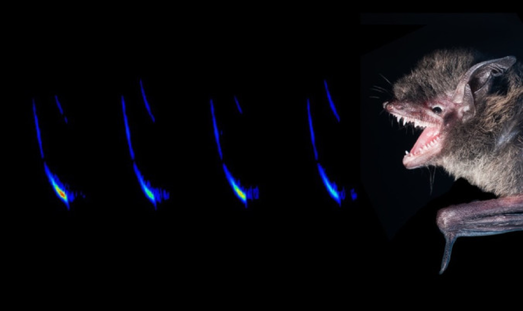 A picture of a little brown bat along with a spectrogram of its echolocation call. Spectrograms are visual representations of the frequency, temporal and amplitude characteristics that are used by bat biologists to try and identify species based on echolocation calls. The bat’s mouth is open to facilitate echolocation, rather than in aggression. Photo by Toby J. Thorne Surveying bats through their sounds provides a huge opportunity to understand where they are and what they are doing. Listening to bat sounds forms a large part of my life. From summer evenings out listening to bats to winter days analysing recordings from the past year. For a number of projects I collect data throughout out most of the year with automated recorders. They stay out in the field for months at a time, recording any bats that fly by between dusk and dawn. I also lead regular bat walks and surveys through the summer, listening to and recording bats as we go. With new technologies around the corner, and a lot of attention being paid to acoustic monitoring in bats, I expect this aspect of our monitoring is going to grow. However, while acoustics presents a powerful, and non-invasive means to learn about what the bats are up to, it can’t answer all of the questions that are key to effective conservation programs for bats. Four of the eight species of bat in Ontario are now listed as endangered under the provincial species at risk act – all within the past five years. The decline of these species is driven primarily by White Nose Syndrome (WNS). WNS is a fungal disease that arrived in Ontario in 2010, and affects species that hibernate in caves. Our knowledge of the pre-WNS populations of these species is very limited, but counts at hibernation sites found average declines of 92% following the arrival of the fungus. The endangered bats in Ontario, along with those that aren’t currently listed as such, also face pressure from habitat loss and increasing urbanisation. Acoustic monitoring contributes a great deal to our understanding of Ontario’s bats, and therefore to their conservation. However, we cannot ‘hear’ the answers to many vital questions, such as whether the bats in an areas are healthy or reproductive. To answer questions like these we have to take the next step of catching bats. As with any invasive approach with wildlife, we have to think carefully about the decision to capture bats and the disturbance caused to individuals encountered. However, there is no substitute to having a bat in the hand in order to understand the population in the area. For a skilled bat biologist it is very quick to determine species (more definitively than is possible by acoustics for many species), sex, breeding condition and whether the bat is young of the year. Bats in Ontario continue to face a difficult time. Through the combination of methods such as acoustic and trapping surveys we are learning more about them than ever before. We can only remain hopeful that this new knowledge translates into some positive outcomes for our remarkable bats!
0 Comments
By Jenna Siu When I tell people I did my master’s working with butterflies I get a lot of different reactions. Among fellow biologists, there is a certain appreciation for a study species even if it may not be their species of choice. However, among the general public it is a different story. "Butterflies, are they even animals?" Butterflies are indeed animals and there are tons of reasons why butterflies make great study organisms. They are relatively easy to catch and handle, and mostly easy to observe. Plus, butterflies are relatively short lived, which makes it easy to study them over many generations. Because of this, a number of butterfly populations around the world have been monitored for decades, resulting in work that has made major contributions to our understanding of population dynamics and conservation. Part of my project was to assess the Eastern Tiger and the Spicebush Swallowtails’ movement relative to forest edges in the fragmented landscape of southern Ontario. Did they move towards it, avoid it, or a bit of both? To learn about this we caught butterflies and released them at different distances from the edge and followed them using a GPS unit to record their movement. Working on butterflies had a few benefits. They come out when it’s sunny and are active during the day. Swallowtails are some of the largest butterflies in Ontario, so they take longer to warm up. I didn’t expect to see many out before 10 am or after 5 pm. On a typical day, I rolled out of bed around 8:30 am, ate breakfast and prepared my lunch. Eventually my field assistant would follow, we would pack the car and be on the road at 9:30 am. We would pack butterfly nets, a cooler with ice packs and a towel, many glassine envelopes, a permanent marker, GPS unit, field guides, lots of sunscreen and water. After arriving at a site, we would walk around with our nets, sometimes up and down a road, through fields or along the forest edge looking for swallowtails. People often say to me, “I picture you frolicking in the fields catching butterflies.” Clearly, they have never gone butterfly catching before. Catching butterflies is anything but graceful. In fact, some advice I was given before heading to the field was, “if you don’t look silly doing it, you’re not doing it right.” Truer words have never been spoken. Swallowtails are very strong fliers; they can fly high and fast. I couldn’t count the number of times a swallowtail has out flown me or made me run in circles. I have chased after falling leaves, fallen on my face, gotten scrapes and bruises, gone through poison ivy and swarms of deer flies and mosquitoes all to get one more sample. Through many failed attempts, I quickly learned the tricks of the trade. It is much easier to sneak up on swallowtails while they are on a flower feeding on nectar. However if you miss, you have about a 30 second window to redeem yourself; otherwise it will likely out fly you. You can also catch them mid-flight or chase after them, but trust me, it is much harder. By mid-field season, my field assistant and I were pro butterfly catchers, catching well over 600 throughout the summer! Once a butterfly was caught, we would carefully take it out of the net, put it in a glassine envelope and in the cooler. Butterflies are ectothermic, meaning their surroundings determine their body temperature. So, putting them in a cooler does minimal harm – as long as it’s not too cold! There are a lot of myths about touching a butterfly’s wings and people always ask how safe it is for the insect. Their wings are covered in a powder like substance that is actually tiny scales. This is what gives them their bright colours and patterns. Lepidoptera, the scientific order they belong to, means ‘scaly wings’. As butterflies age, they lose their scales naturally. Although, you don’t want to handle them too much causing them to lose scales faster, it is very safe to hold them by pinching the wings together just behind the head – the strongest part of their wing. After a few butterflies were caught, we would bring them to the release site. For each butterfly release, we would take a butterfly from the cooler, sex it and give it a unique ID in case we caught it again. To mark butterflies we simply used a permanent marker to write on their wings. For Eastern Tigers, which are mainly yellow, it was easy to write a number on their underwing. For the Spicebush however, they are mainly black. They have six orange spots on their underwings that we marked in unique patterns. After recording this information, we would put the butterfly on the ground, wait for it to take off and follow it using flags and a GPS unit, doing our best not to influence its flight. We did this repeatedly throughout the day. When 5 pm rolled around and few butterflies were to be found, we headed back to the field station to make dinner ending the day with a few beers around the campfire. I have now completed my master’s and as it turns out, forest edges are an important landscape feature for these swallowtails. It can be stressful to manage your own research project, but when it’s all said and done, I only have fond memories of spending the hot summer days catching butterflies. This blog is also posted on Dispatches from the Field and Jenna's website
By Stephanie Varty Spending summers by the lake is how everything started; warm weather, bright sun and a canoe paddle in hand. Lakes have always been important in my heart because of my upbringing. Exploring the water and finding crisp refreshment every time I jumped in will always be something that brings me both a sense of euphoria and joy. Yet, it has been in recent years which have allowed for lakes to solidify a place in my mind and now in my research. Canadian lakes cover between 10 to 15% of the country’s area. This percentage is underestimated and the lakes understudied (Brown and Duguay 2010). Lakes play a role in regulating physical processes, cycling nutrients and sustaining life. Many of these processes tend to go unseen by the naked eye. But when you look closer you can see systems that are overflowing with biodiversity. My research has given me a new perspective on why it is important to study these lake systems. This summer I will be trading in my warm weather and canoe paddle to go to a lake much further north. I will be traveling to Lake Hazen on Ellesemere Island, NU, which is the largest lake north of the Arctic Circle. Lake Hazen is a prime example of how lake systems function under extreme weather conditions. Lake Hazen experiences 24 hours of daylight during spring and summer months and a summer season that lasts at most two months (Lehnherr et al 2012). During this short season a burst of growth occurs with melting ice. Lemmings come out to play, mats of lichen cover the ground and fields of arctic poppies sprout up. Though there are so many interesting things that are above ground, what I am concerned with is much smaller and submerged in the water. A main part of my research is to understand where mercury processing bacteria occur across the landscape. This is so I can better understand where toxic forms of mercury are being degraded and produced. These bacteria are microscopic, but in abundance. Under the right conditions, they can produce a form of mercury called methylmercury that enters the food web. The concentrations of this toxin also increase over time (bioaccumulation) and as you move up the food web (biomagnification, Morel et al 1998). This means that a small amount of mercury in the water can translate into a large amount once it reaches top predators like Arctic char and seals. Unfortunately, this not only spells out health problems for the animals, but for humans as well. High concentrations of mercury in Arctic lake systems means that the health of Arctic Indigenous People could be at risk because they consume some of the top predators as a part of their traditional food. Investigating mercury in lake systems is important for understanding ecosystem functions, but is also needed for the cultural and physical well-being of people. I am fortunate that my research allows me to have an adventure, contribute to science and have a role in understanding community health. My past experiences and experiences to come shape in my mind and in my heart the importance of lakes in Canada. For me and many people country-wide, lakes are not just an important resource, but something that is intertwined in their life story. It is important that we nurture these ecosystems and pay close attention to what they have to teach us. I can guarantee you they have plenty to teach us. #WorldWaterDay References: Brown, L. C., and C. R. Duguay (2010), The response and role of ice cover in lake-climate interactions, Prog. Phys. Geogr., 34(5), 671–704 Lehnherr, I., Louis, V. L. S., Emmerton, C. A., Barker, J. D., & Kirk, J. L. (2012). Methylmercury Cycling in High Arctic Wetland Ponds: Sources and Sinks. Environmental Sciences and Technology 46, 10514−10522. Morel, F. M. M., Kraepiel, A. M. L., & Amyot, M. (1998). The chemical cycle and bioaccumulation of mercury. Annual Review of Ecology and Systematics, 29, 543–566.
|
ELB MembersBlogs are written by ELB members who want to share their stories about Ontario's biodiversity. Archives
January 2023
Categories
All
|

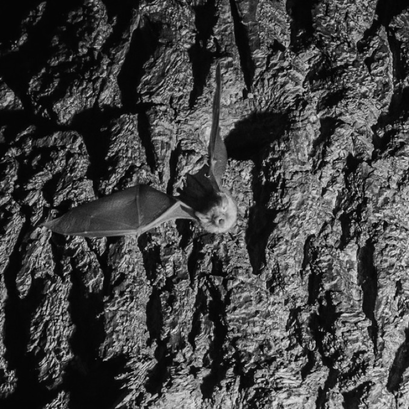

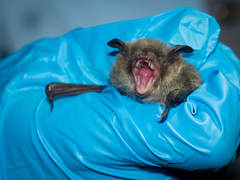
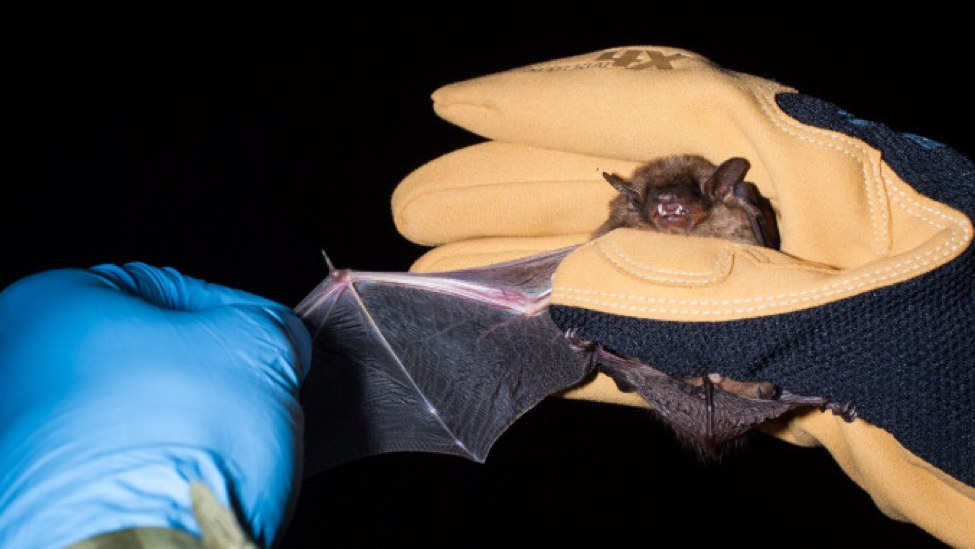

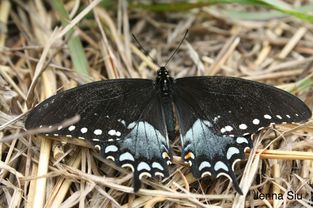

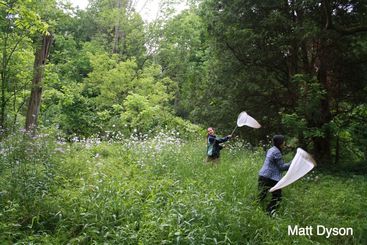
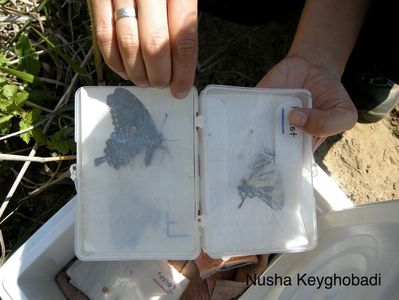
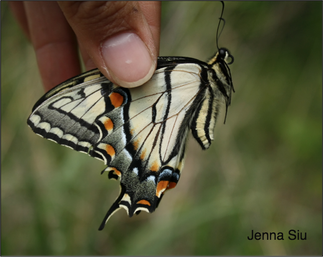
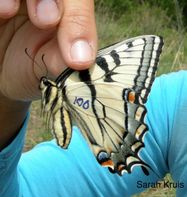
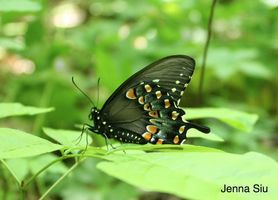

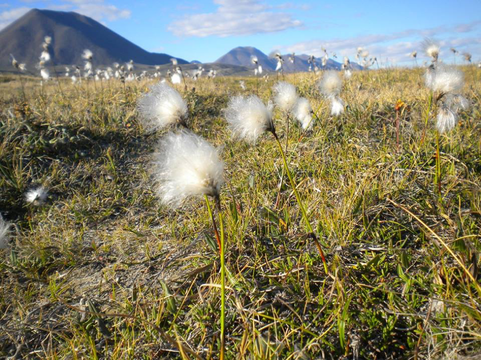
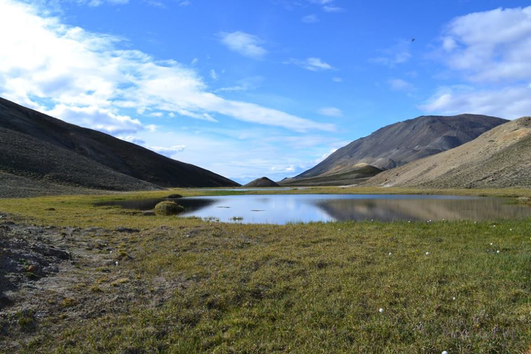

 RSS Feed
RSS Feed